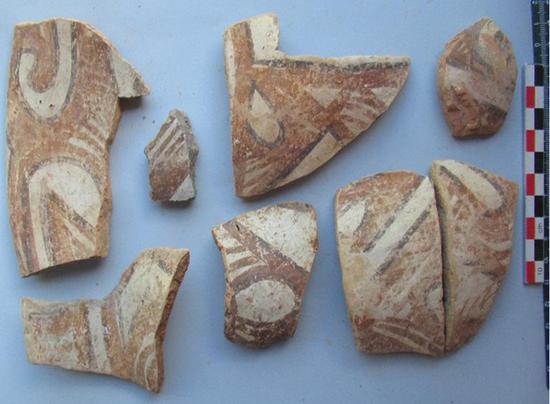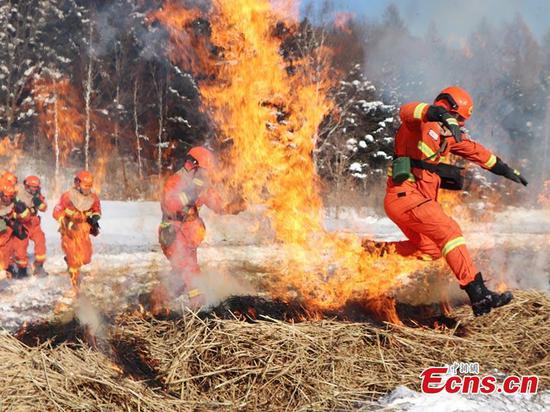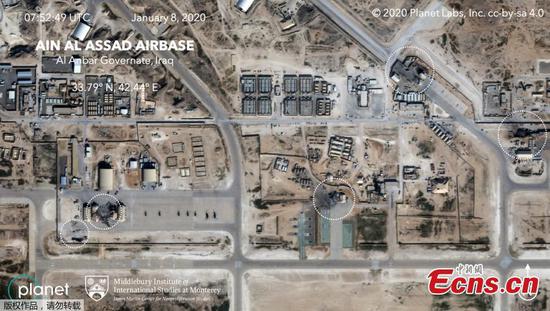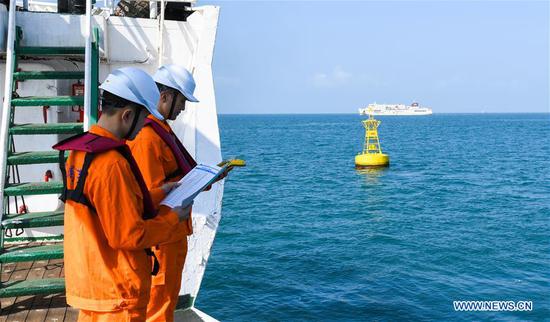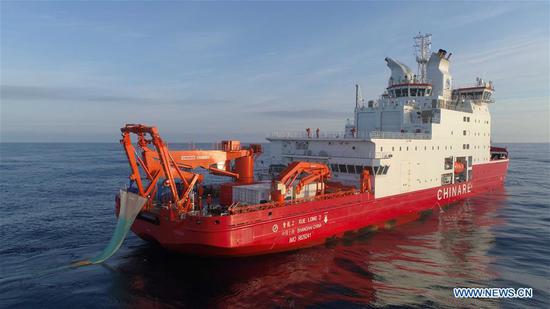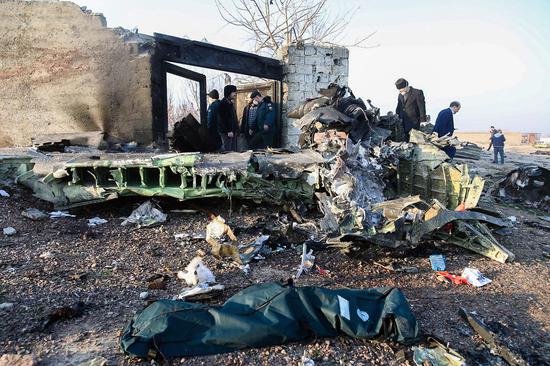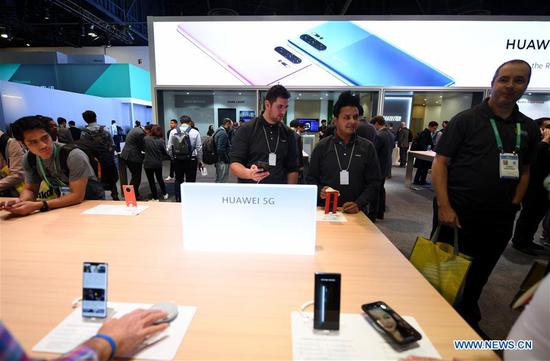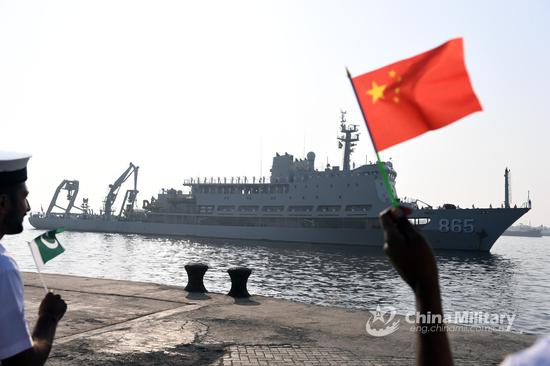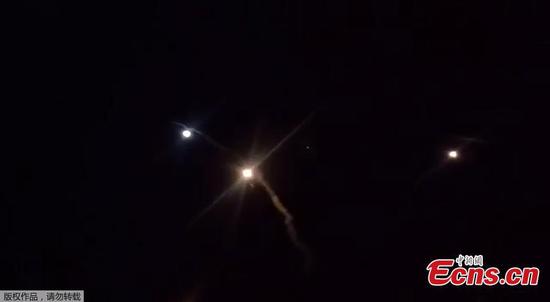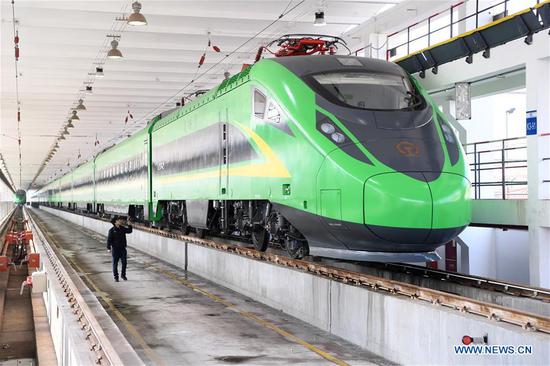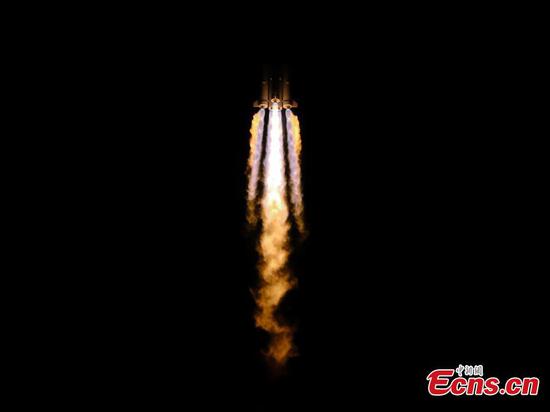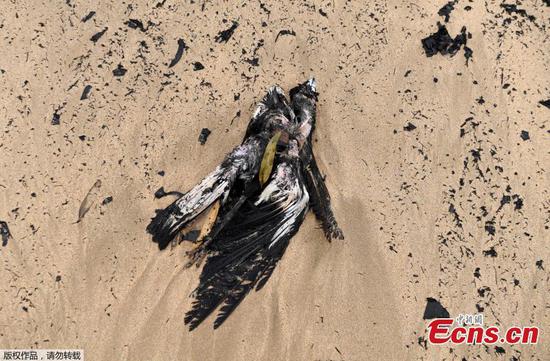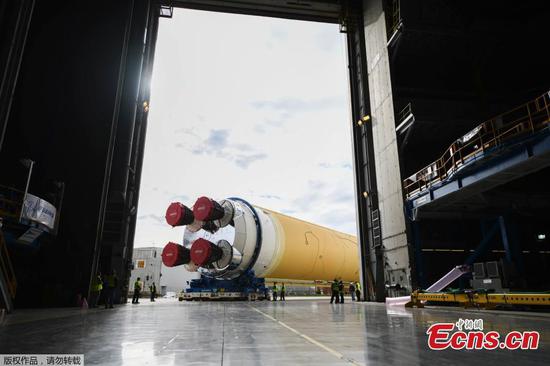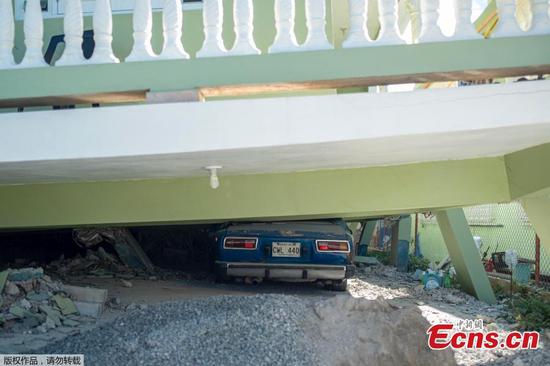With plane-maker on back foot, probe into Teheran accident keeps it in the spotlight
Boeing is dealing with a new disaster following the deadly crash in Iran of another of its 737 airplanes.
The crash of a Ukrainian International Airlines 737-800 aircraft shortly after takeoff from Teheran early on Wednesday killed all 167 passengers and nine crew members. At least 16 of those killed were children under age 10.
There were 82 Iranians, at least 63 Canadians and 11 Ukrainians on the flight as well as a few citizens of Britain, Germany and Sweden.
The Boeing jet left the Iranian capital after 6 am, bound for Kiev.
An initial report by Iranian investigators said the airliner was on fire immediately before it crashed, citing witnesses.
According to Reuters, an amateur video, run by Iranian news agencies and purportedly of the crashing plane, showed a descending flash in a dark sky. It was accompanied by comments that the aircraft was "on fire" and then a brighter flash as it appears to hit the ground. Reuters could not authenticate the footage.
The plane involved in the crash is the predecessor to the grounded 737 Max, but isn't equipped with the automated anti-stall system implicated in two deadly crashes in Indonesia and Ethiopia that led to the Max's worldwide grounding in March 2019 and the eventual exit of its CEO.
Shares of Boeing on the New York Stock Exchange fell $5.91, or 1.75 percent, to $331.37 on Wednesday, but rebounded in after-hours trading by $1.37 to $332.74.
Cai von Rumohr, an analyst at Cowen's, downgraded Boeing shares from the equivalent of "buy" to "hold" on Wednesday morning, cutting the price target from $419 a share to $371, according to Barron's.
Less than 40 percent of analysts who cover Boeing rate it a "buy", down from 83 percent a year ago, according to the financial publication Barron's. The average buy-rating ratio for the 30 stocks in the Dow Jones Industrial Average, of which Boeing is one, is about 55 percent, it added.
On Wednesday, Boeing extended condolences to the victims' families and said it stands ready to provide any necessary assistance in the investigation.
'Black box' recovered
The Ukrainian jet crash came shortly after Iran's Islamic Revolutionary Guard fired rockets at two bases with U.S. troops in Iraq. Iran's government said the action was retaliation for the U.S. killing of Iranian general Qasem Soleimani in a drone attack on Jan 3.
Following Soleimani's killing, the U.S. Federal Aviation Administration said it would prohibit U.S. airlines from entering airspace over Iran, Iraq and the Persian Gulf region.
The plane's "black box"-the cockpit voice and flight data recorder crucial to determining the cause of a crash-has been recovered, Iranian state broadcaster IRIB reported.
"We will not give the black box to the manufacturer (Boeing) or America," said Ali Abedzadeh, director of Iran's Civil Aviation Authority.
The flight crew didn't make a "mayday" call from the cockpit to alert the airport that the plane had mechanical difficulties. One aviation expert said it appeared the jet was "not intact" before the crash, The Washington Post reported.
"The wreckage pattern was very consistent with a plane that was not intact when it hit the ground," Todd Curtis, a safety analyst for Air-Safe.com and a former Boeing safety engineer, told the newspaper. "I didn't see a large central crater."
John Cox, a former pilot and airline safety consultant, told The Washington Post that a video posted on social media appeared to show "a large amount of fire" that could have been caused by an "uncontrolled engine failure" before the crash.
The Ukrainian embassy in Teheran withdrew an earlier statement ruling out terrorism or a rocket attack as possible causes for the crash.
"Information on the causes of the plane crash is being clarified," the embassy said in a statement.
An early report by Iranian media blamed engine failure. Rescue crews rushed to the scene, but the site was ablaze and they couldn't assist, the head of Iran's emergency medical services told state media.
The Ukrainian airline said the plane had been in service for about three-and-a-half years and was last serviced on Jan 6.
The Wall Street Journal said Iran has a relatively poor safety record because its airlines and infrastructure have been hobbled by U.S. sanctions.













